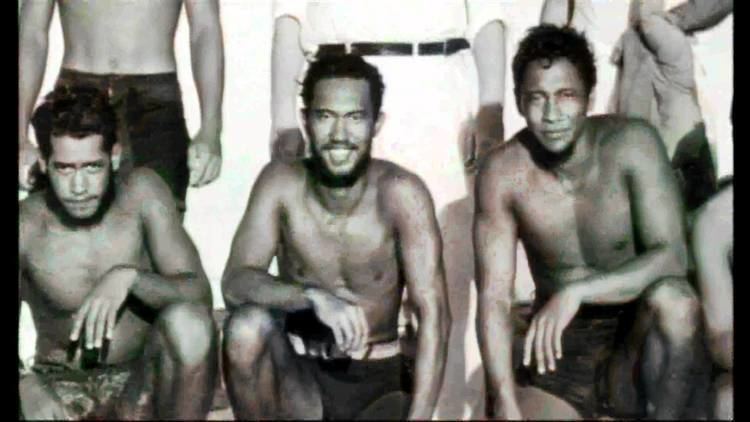Under a Jarvis Moon
8 /10 1 Votes8
Country United States | Language English | |||||||||||||||||||||||||||||||||
 | ||||||||||||||||||||||||||||||||||
Release date January 2010 (2010-01) | ||||||||||||||||||||||||||||||||||
Under a jarvis moon
Under a Jarvis Moon is a 2010 documentary film about the young men, mostly of Hawaiian origin, sent in the 1930s and 1940s to colonize the Line Island of Jarvis and the Phoenix Islands of Howland and Baker. The film is related to a 2002 Bishop Museum exhibition "Hui Panala'au: Hawaiian Colonists, American Citizens."
Contents
- Under a jarvis moon
- Under a jarvis moon amelia earhart pacific heartbeat
- Description
- Outcome of the colonization effort
- References

Under a jarvis moon amelia earhart pacific heartbeat
Description
During the 1930s, the United States government made a decision to send colonists to the islands of Baker, Howland, and Jarvis under the American Equatorial Islands Colonization Project, in order to lay claim to the islands. The stated reason for the claim would be to further commercial aviation. Documents presented in this movie suggest that military purposes were contemplated, though they were not to be divulged.
The government recruited the initial colonists among young men at Kamehameha Schools in Hawaii, and also among furloughed Army personnel. The students from Kamehameha school were generally not given very much information about their upcoming assignment. The Coast Guard cutter "Itasca" delivered the colonists to their islands, and was subsequently used for bringing replacements and supplies.
At the end of the first 3-month tour, the furloughed military personnel reported dissatisfaction with the experience, whereas the young men of Native Hawaiian ancestry reportedly enjoyed the experience. Throughout the 1930s, the vast majority of subsequent colonists sent to these islands were Native Hawaiian young men recruited from Kamehameha schools.
Although the colonists initially attempted to grow plants on these islands, they were largely unsuccessful. The most notable achievement of the colonists, besides helping the United States claim these three islands, was to prepare a runway on Howland Island for Amelia Earhart on her planned trip around the world (Amelia Earhart disappeared en route to Howland).
The documentary describes the living conditions of the colonists, including the water scarcity, the abundance of fish and surfing opportunities, the abundant bird life, the isolation of the colonists prior to the installation of radios, and the social and personal interactions of the colonists with each other. Mention is also made of the hardships of the colonists after the attack on Pearl Harbor in December 1941.
The documentary includes interviews with the (now aged) surviving colonists, many contemporary photographs, and occasional descriptions of related political and world events.
The title of the movie is the title of a song written by one of the colonists on Jarvis.
Outcome of the colonization effort
Today, in part because of the efforts of these colonists, these islands are grouped as part of the United States Minor Outlying Islands. They are currently uninhabited and have National Wildlife Refuge designation, meaning they are set aside as protected areas.
